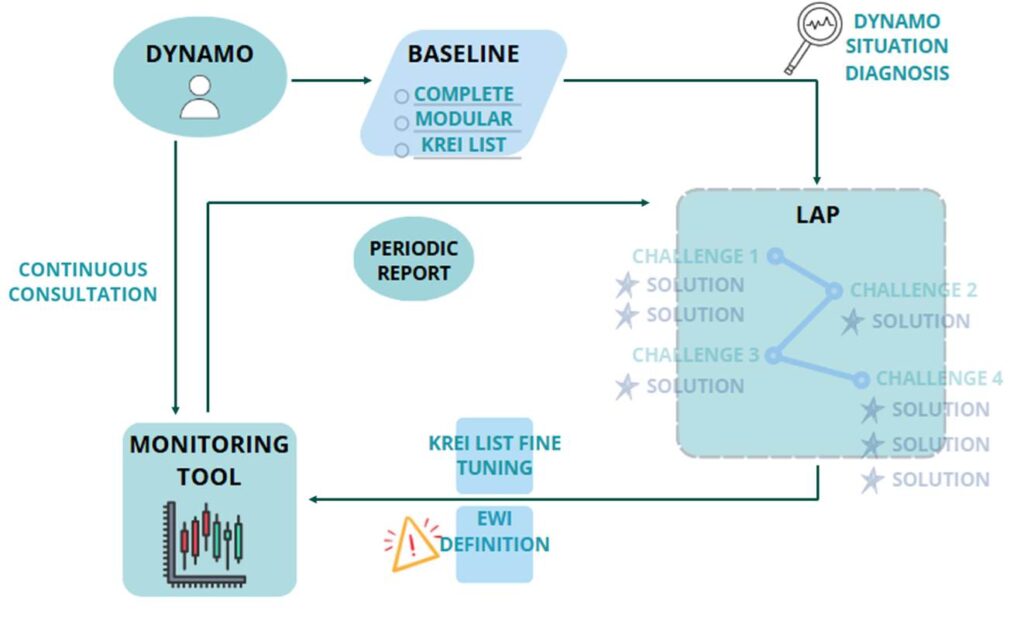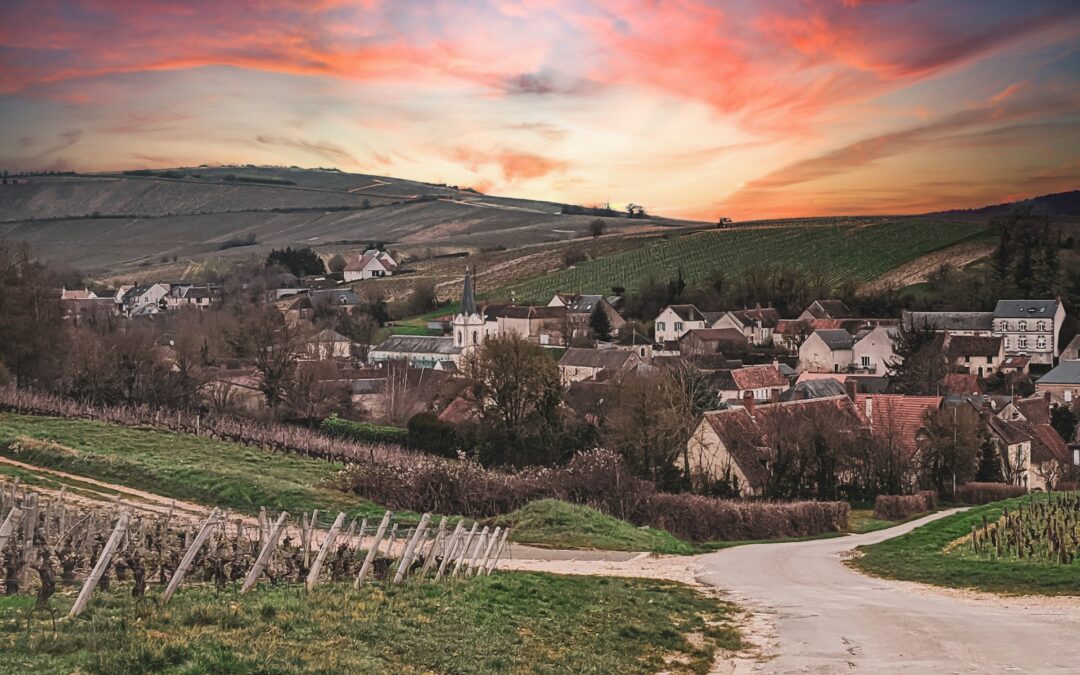Rural territories often struggle with challenges that can hold back their growth and development. Infrastructure gaps, limited job opportunities, environmental risks, and the need for greater social inclusion are just some of the issues they face. However, they now have the chance to take control of their future and actively shape a more sustainable and thriving community, through the RURACTIVE project that CARTIF’s Heritage Area is part of.
A significant tool provided by RURACTIVE is the Adaptive Monitoring Programme. This is not just about collecting data – it is about understanding the rural territories reality and ensuring that the solutions they implement truly benefit their region in the long run.
A clear picture of where they stand
Before Dynamos (the regional units of the project) can plan for a better future, they need to understand where they stand today. That is exactly what the Dynamo Baseline does. It provides a snapshot of a rural territory’s social, economic, environmental, and cultural conditions. With 136 key indicators, they can finally see the full picture of their strengths and challenges, from employment trends to biodiversity levels. This baseline is not a one-size-fits-all approach – it is tailored to a specific situation. It helps rural territories compare their progress with regional, national, and even European benchmarks, ensuring that they are aligned with broader development goals.
A smarter way to identify and solve problems
The Monitoring Programme allows us to go beyond just identifying problems. It helps us track their evolution and detect early warning signs before they become serious crises. The Early Warning Indicators (EWIs) play a crucial role in this, giving us the ability to act before issues like economic decline or environmental degradation get out of control.
By continuously refining our list of indicators and including new, relevant ones, we ensure that the monitoring system remains flexible and adaptive. This means that as a region evolves, its ability to respond to new challenges also improves.
Empowering communities with data and knowledge
A major advantage of participating in RURACTIVE is that rural territories are not alone in this process. Through the RURACTIVE Digital Hub, Dynamos have access to a shared platform where they can visualize and analyse all collected data. This not only makes progress more transparent but also helps local leaders and citizens actively participate in shaping development strategies.
Moreover, the project encourages a participatory approach, meaning that community members, local businesses, and organizations all have a voice in defining priorities and evaluating progress. By engaging with this programme, rural territories gain stronger decision-making power based on real, measurable evidence.

The Figure shows the whole process when a Dynamo gets to the RURACTIVE Ecosystem and the Adaptive Monitoring Programme is applied. First, a complete baseline is developed describing the Dynamo’s current situation, based on the values of the Key Rural Empowerment Indicators (KREI). This modular baseline includes an extensive list of available indicators, but adapts to the specific conditions of the Dynamo being analysed. With the collected information a Dynamo situation diagnosis is elaborated, helping to identify the challenges and define the possible solutions that will be later used in the Local Action Plan (LAP). Next step is to fine tune the list of indicators, or even include new specific indicators adapted to the solutions, and identify which will be the early warning indicators (EWI). The Monitoring Tool manages data collection and processing, supporting the periodic reporting on the LAP evolution and Dynamo’s continuous consultations.
Building a stronger, more resilient dynamo
Joining RURACTIVE and using its monitoring tools is not just about tracking numbers -it is about transforming a region into a place that is more connected, resilient, and prosperous. With a structured, data-driven approach, rural territories can design strategies that truly work for them, ensuring that innovation, sustainability, and inclusion are at the heart of their development.
For a Dynamo, this is not just another project – it is an opportunity to take charge of its progress, backed by knowledge, collaboration, and cutting-edge tools.
Co-author
Maya Tasis. Graduated in Technical Industrial Mechanical Engineering by the Oviedo Unviersity. She has experience in the challenging sector of automotion, coordinating industrial works, international projects and management of multidisciplinar equipment. Researcher at CARTIF, where she collaborates in international projects of improvement of industrial processes and projects of the Natural and Cultural Heritage area.
- Why monitoring rural territories - 28 March 2025
- Monitoring the Effect of Cultural and Natural Heritage as a Driver for Rural Regeneration - 8 April 2022
- Building railway infrastructure with less pollution - 25 May 2018
